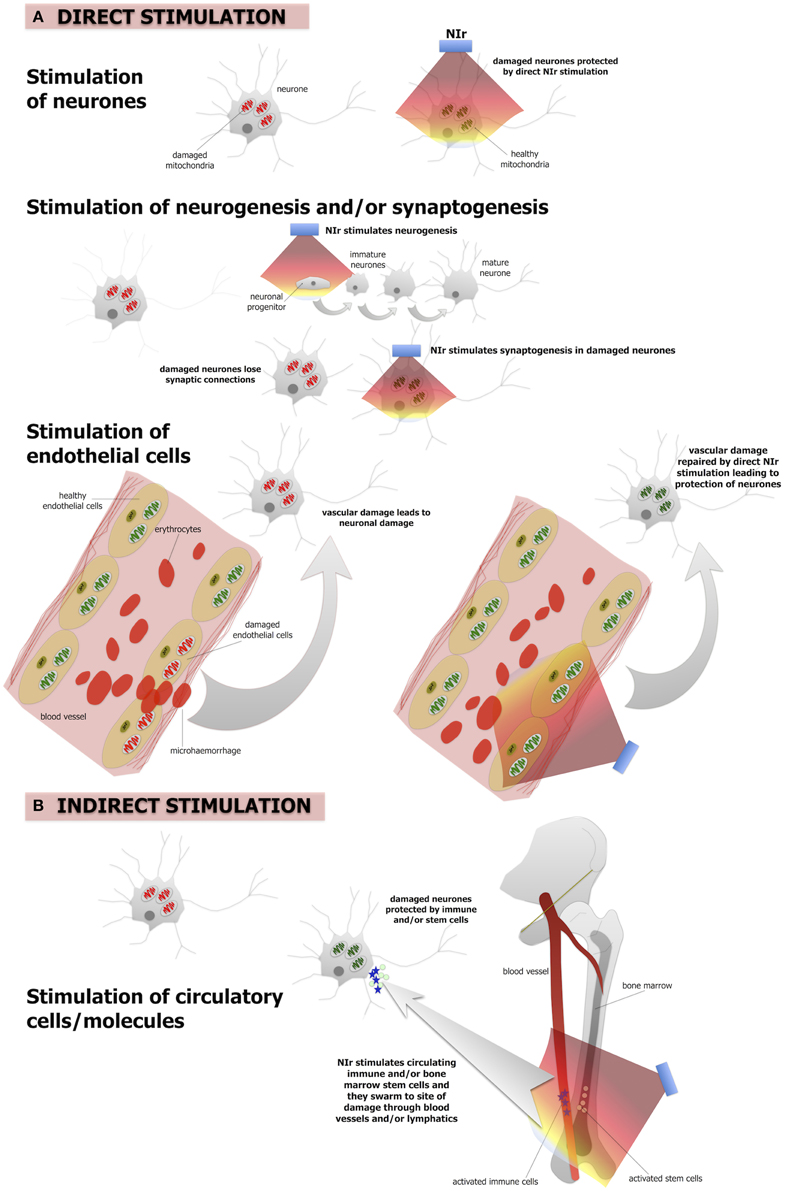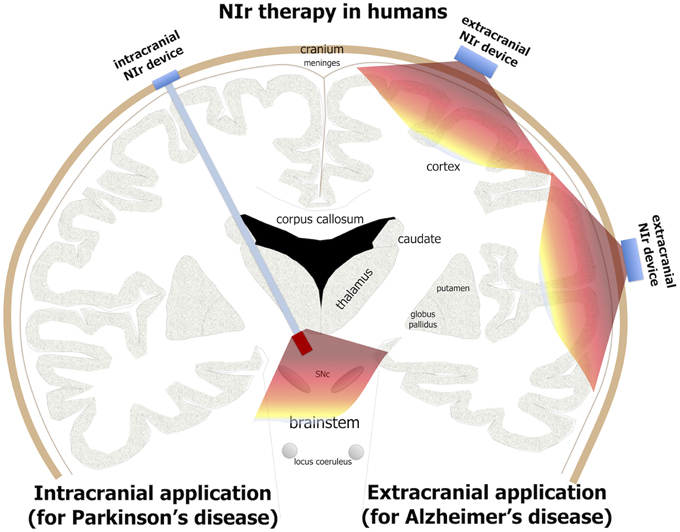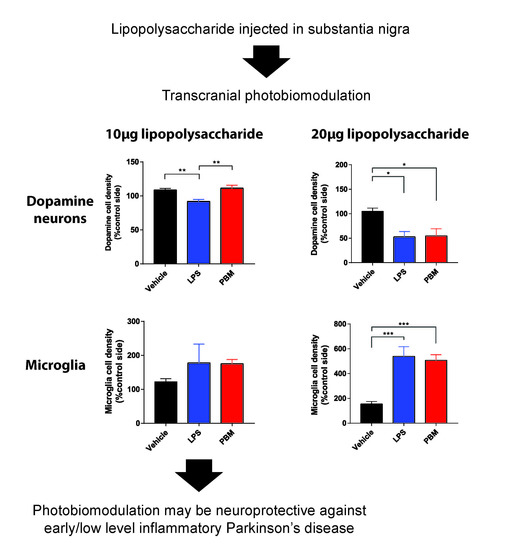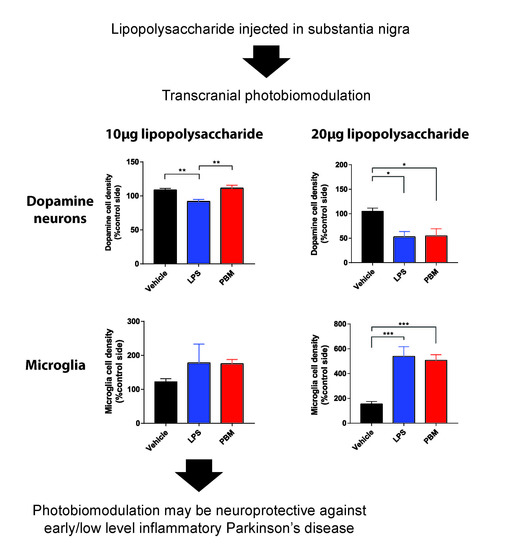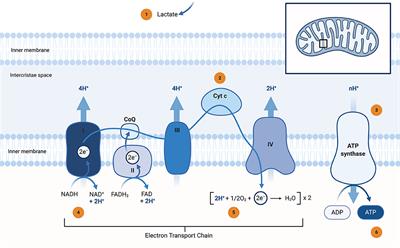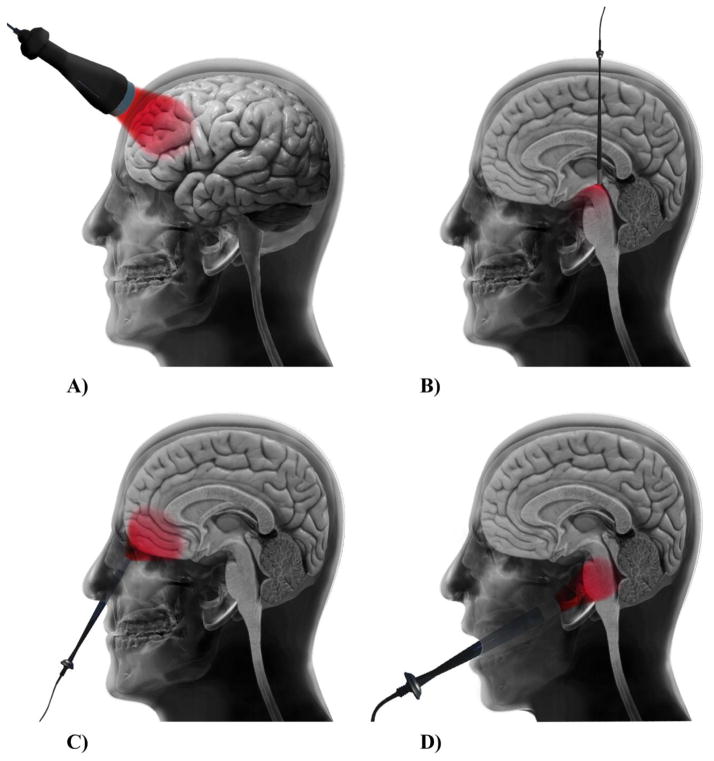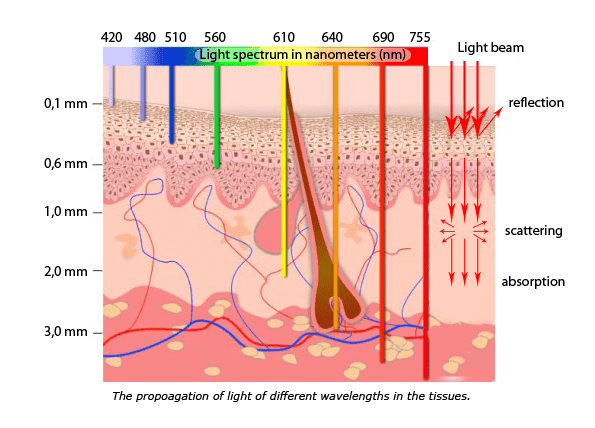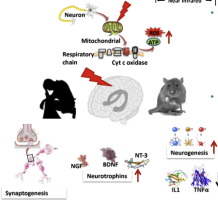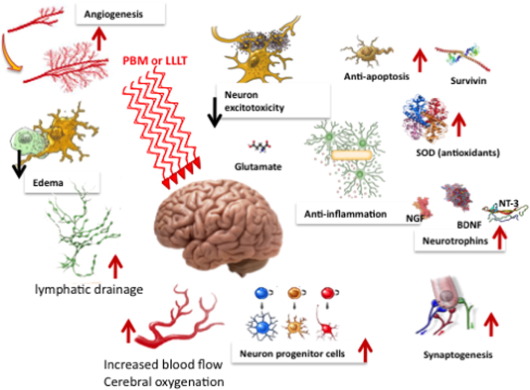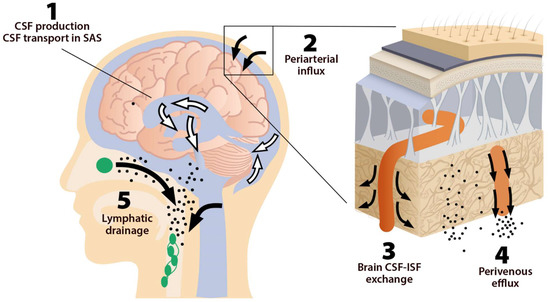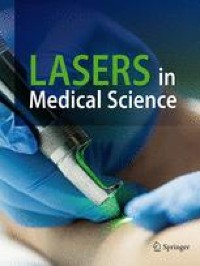David PS
Member
Parkinson disease (PD), the second most common neurodegenerative disease, has no cure or applicable disease-modifying approach, only symptomatic therapy. Oxidative stress and mitochondrial dysfunction play key roles in PD pathophysiology. It is the second most common neurodegenerative disease, affects approximately 1% of people aged >60 years.
Red and Infra-red light can penetrate tissue. However, getting the light into the brain is a difficult. The study below used strategies to work around the issue of of the light pentrating the brain protective skull. First, they used a longer period of time for the treatment and they used a wavelength with deeper penetration. It is estimated that only about 10% of the light will penetrate the skull.
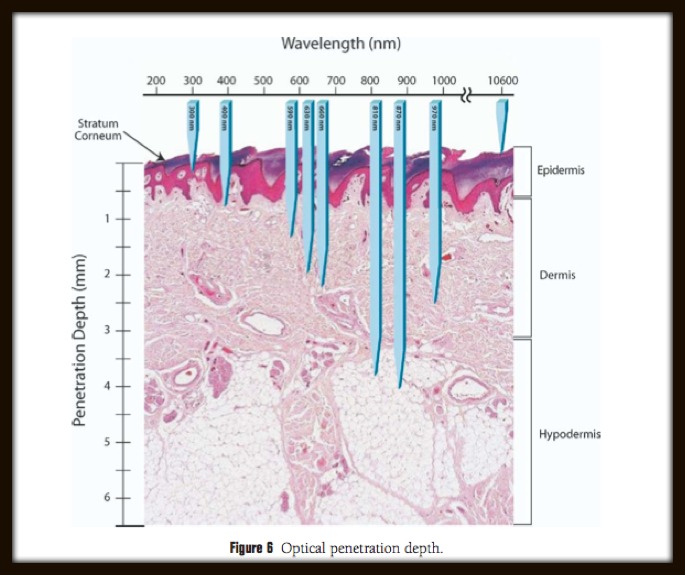
Second, it appears that they aimed the light upwards from the back of the neck to avoid the skull.


 www.ncbi.nlm.nih.gov
www.ncbi.nlm.nih.gov
Red and Infra-red light can penetrate tissue. However, getting the light into the brain is a difficult. The study below used strategies to work around the issue of of the light pentrating the brain protective skull. First, they used a longer period of time for the treatment and they used a wavelength with deeper penetration. It is estimated that only about 10% of the light will penetrate the skull.

The PBM apparatus was self-designed and manufactured by the original idea initiator (HYL). The light is composed of a light-emitting diode array (Model-102 NIR) with near-infrared (940 ± 10 nm) wavelength and intensity of 6.0 mw/cm2 ± 10% with a 56.7-mA current. The light is designed to be placed on the posterior aspect of the neck midline, pointing to the midbrain (illustrated as Fig. Fig.2;2; Supplemental Figure shows PBM on one of the participants during treatment). Light therapy was conducted for 5 consecutive days (Monday–Friday) for each patient under the monitoring and assistance of a study nurse for 2 consecutive weeks. The light source was a light-emitting diode array with no direct skin contact. The estimated temperature elevation was approximately 1°C to 3°C after a 30-minute exposure.
Second, it appears that they aimed the light upwards from the back of the neck to avoid the skull.

Effects of concomitant use of hydrogen water and photobiomodulation on Parkinson disease: A pilot study
Supplemental Digital Content is available in the textParkinson disease (PD), the second most common neurodegenerative disease, has no cure or applicable disease-modifying approach, only symptomatic therapy. Oxidative stress and mitochondrial dysfunction ...
Last edited:


